Ballerinas undergo years of training and need unwavering dedication and a deep passion for dance just to make it as professionals. Ballet is more than just art; it's a physically and mentally demanding profession that pushes dancers to their limits. Ideally, ballerinas need to start training early. The journey is challenging, but talented and hard-working dancers can find opportunities in ballet companies, theaters, and international performances with perseverance. Here's our guide to training to become a ballet dancer.

How to Become a Ballerina
Becoming a professional ballerina includes years of training, dedication and discipline, with most dancers beginning their journeys young. To put it simply (even though it's far from simple), here's how to become a ballerina: Many dancers also seek out private dance lessons near me for focused, individual coaching.
Step 1
Start Ballet Training Early
Most professional ballerinas begin their training between the ages of 5 and 8. Early training helps develop flexibility, strength, and technique, giving young dancers a head start in mastering ballet fundamentals. However, late starters can still succeed with dedication and the right instruction.
Step 2
Enroll in a Reputable Ballet School
To gain professional-level training, aspiring dancers should attend a top ballet academy or school. Structured programs focus on classical techniques, strength-building, and choreography.
Step 3
Focus on Technique and Strength Development
Professional ballerinas train daily, perfecting pointe work, flexibility, and performance skills. Strength training, endurance exercises, and consistent practice are essential to progress to the next level.
Step 4
Join a Pre-Professional or Conservatory Program
In their teen years, dancers typically enter pre-professional programs or college dance conservatories. These intensive programs prepare students for auditions, stage performances, and the transition into the professional world.
Step 5
Audition for Ballet Companies
Once training is complete, dancers audition for ballet companies to secure contracts. Landing a role in a prestigious ballet company marks the beginning of a professional ballet career, opening doors to performances, touring opportunities, and artistic growth.
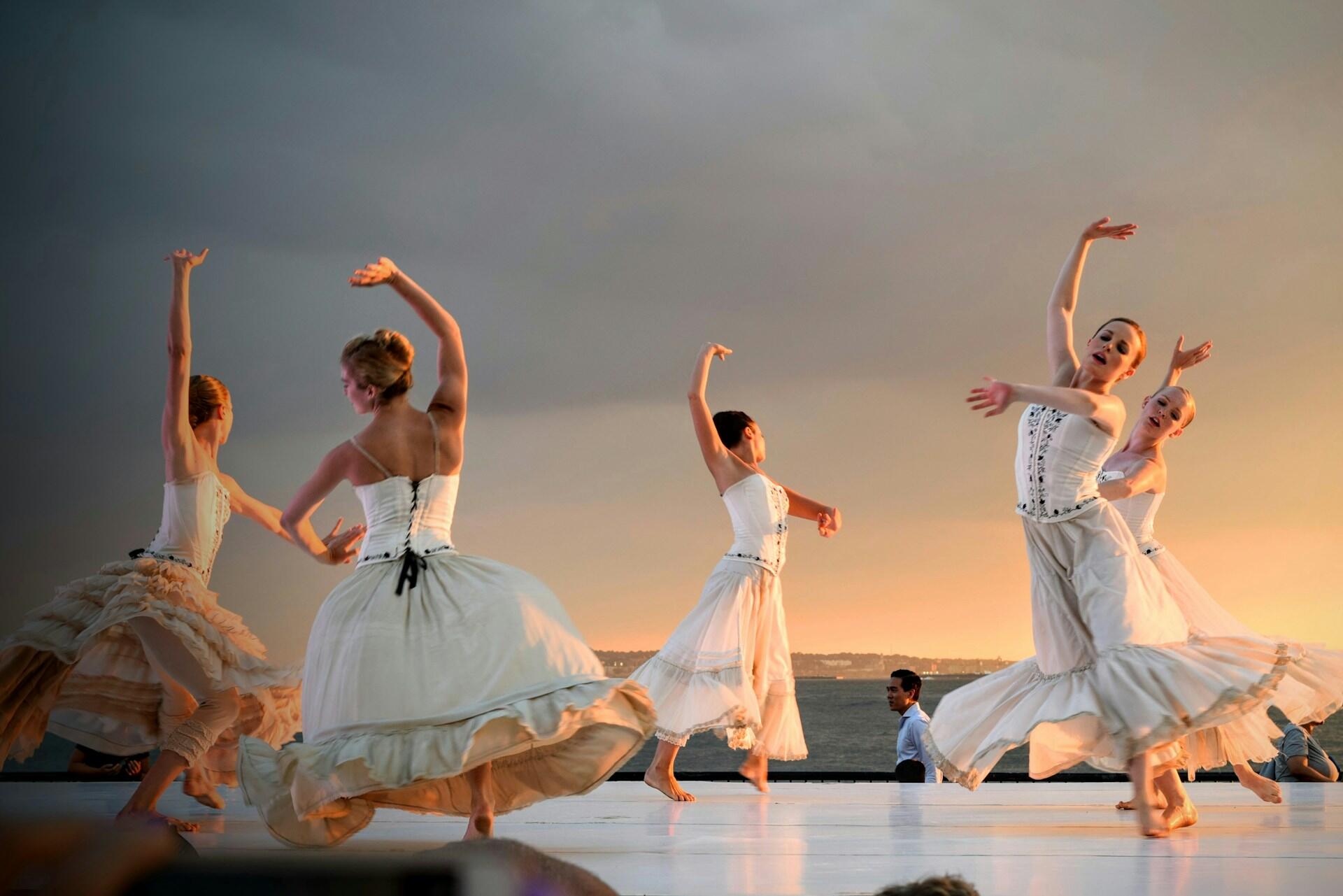
History of Ballet
The roots of ballet trace back to the Italian Renaissance courts of the 15th and 16th centuries. However, with time, it was eventually officially formalized. Then, under the influence of Queen Catherine de Médicis, it spread to France.
The popularity of ballet extends beyond national boundaries. It has always been an example of culture bridging hostilities.
For example, despite being Italian art, when a French court musician and choreographer fell in love with it, he devised ‘Ballet Comique de la Reine, meaning ‘The Queen’s Comic Ballet.’
This inaugurated a long tradition of court ballets in France that reached their peak in the mid-17th century during the reign of Louis XIV.
Since then, schools and dance centers around the world have added their own spin to this dance form, evolving it into numerous distinct styles.
Finally, during the 20th century, classical ballet was separated from modern ballet dance. Subsequently, unique modernist movements emerged in several parts of the world.
15th–16th Century
The Birth of Ballet
Ballet originated in Italian Renaissance courts, where it was performed as a form of entertainment for nobility.
17th Century
The French Influence
Under the patronage of King Louis XIV, ballet was formalized in France, leading to the creation of the first ballet academy.
18th–19th Century
Classical Ballet Emerges
Ballet became more structured, with new techniques and the rise of romantic and classical ballet, including iconic productions like The Nutcracker and Swan Lake.
20th Century
The Rise of Modern Ballet
Dancers and choreographers experimented with contemporary styles, leading to the development of modern ballet and neoclassical techniques.
Today
Ballet as a Global Art Form
Ballet has evolved into a worldwide profession, blending traditional and modern styles while reaching broader audiences through technology and online learning.
It has since become a highly technical form of dance, having its own vocabulary. Undoubtedly, it has defined foundational techniques of other dance genres.

Necessities of a Ballerina
Ballet is not easy. If one doesn’t have formal training or dance history, it will be like learning a new language via your body. You would spend countless hours rediscovering your body and its strengths – even learning about muscles you never knew existed.
It all starts at an early age - one needs to train the body at the right time to achieve the right level of flexibility. Typically, it’s between 5 and 8 years of age.
Preliminary training gives a distinct advantage to those who start early. Many believe it’s necessary to begin at an early age to make it as a dancer, but many professional ballet dancers have proven this notion false.
Although a college education is not a prerequisite for a ballet career, professional ballet dancers start training in their early teens. Moreover, you should note that the phrase ‘going to college’ means taking classes seriously with the intent to join the ballet world.
The dancer's body is simply the luminous manifestation of the soul.
Isadora Duncan
To help you accomplish this, various online learning institutions offer dance degrees, training, and formal art education – making a difference.
It’s not the age or training that counts. Instead, your determination, flexibility, and body strength lead to success ahead.
Check out this video from Mackenzie on how to become a professional ballerina.

How Long Does It Take to Learn Ballet
Ballerinas and dancers train their bodies for years to master their craft. But how long does it take to learn ballet?
of practice and disciplined training to master almost anything.
Simply put, over 9 years, 1,111 hours are spent yearly, or about 21.3 hours weekly. As such, beginners usually attend training classes once or twice a week, with 7 to 8 hours of practiced dancing.
Becoming a professional ballerina typically takes 8–10 years of disciplined training. For example, if a dancer starts at age 7, they can reach a professional level by 17 or 18. On average, dancers spend about 21 hours per week in training, making consistent effort key to success.
That said, becoming a professional ballet dancer can take more or less time, depending on an individual’s capabilities and where they are learning from.

Timeline: The Path to Becoming a Professional Ballerina
Every ballerina's path is slightly different, but you can consider the average or typical ballerina's journey. Here's roughly where ballerinas should be regarding their development at different ages.
Ages 5–8
Build Your Foundation
Start ballet training at a young age to develop flexibility, strength, and coordination.
Ages 9–12
Begin Serious Training
Enroll in a reputable ballet school and start focusing on core techniques, flexibility, and early pointe work.
Ages 13–18
Join a Pre-Professional Program
Train intensively in a conservatory or pre-professional ballet program, refining technique and preparing for auditions.
Ages 18+
Audition and Go Professional
Audition for ballet companies, join a corps de ballet, and continue developing toward soloist and principal dancer roles.
How to Succeed Being a Ballet Dancer in the US
According to the Bureau of Labor Statistics, the United States of America has the largest number of performing arts companies and dancers.
According to the U.S. Bureau of Labor Statistics (BLS), there are approximately
dancers employed by performing arts companies, including ballet companies.
Dancers perform on stage and work at amusement parks, casinos, theme parks, recreation industries, and elsewhere.
A professional ballet dancer can choose a variety of professions, ranging from a cheerleader, commercial dancer (television, films), theme park dancer (parades, shows), Burlesque, cruise ship dancer, and many others.
Moreover, the ballet dance employment rate in the US is expected to grow by 31% between 2020 and 2030, which is relatively higher than other occupations.
Nevertheless, dancing is a competitive career. But, the benefits of being a dancer may make the difficulties seem worth it. Therefore, those who want to succeed in being a professional ballet dancer should focus on securing a position in top art performing companies concentrated in Las Vegas, New York City, and Los Angeles.
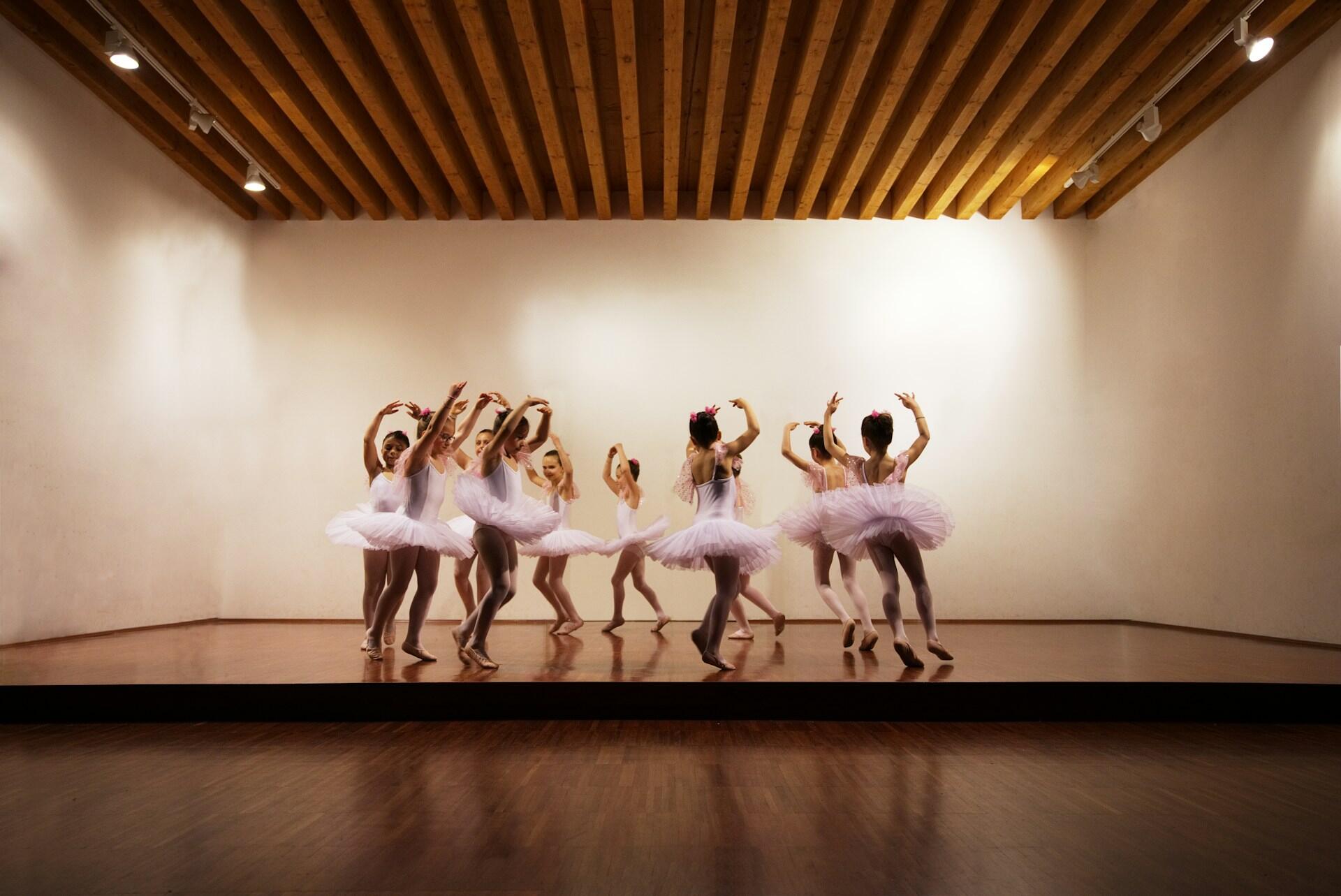
Choosing the Right Ballet Class
As we have established, ballerinas must be physically in top shape to make it as professional dancers. Hence, having impeccable stamina, patience, and balance is compulsory. However, it’s important to remember people aren’t born with such skills – ballerinas need to be proficient in pointe shoes to qualify as professional ballet dancers.
There are numerous ballet classes out there, so it’s crucial to find one tailored to your goal of becoming a professional ballerina.
- Private lessons offer personalized attention and feedback, allowing students to master techniques quickly.
- In-studio classes provide an opportunity to gain real-time feedback from the instructor while conquering the demanding dance performances with the help of friend.s
- Online ballet classes are recorded lessons that give prospective ballerinas the time to grasp the dance form. It allows individuals to train on their schedule without fearing falling behind or looking awkward.
Why Choose Ballet Lessons with Superprof Tutors
Every dancer is unique and requires a different set of training. Hence, it is essential to understand your ballerina requirements and goals. Students choosing ballet as their career choice must find an institution that meets their training needs.
The key is to find a class that supports and offers personalized training tailored to your personal goals, ensuring a professional ballet career. So experience it for yourself with classes suited to all ages. You could even introduce your little ones to ballet with Superprof.
Therefore, don’t hold back your ballet career dream and partake in the dance course at Superprof to make your dream come true. The online ballet classes at Superprof guarantee a promising career as a professional dancer.
It’s the most comprehensive education platform offering access to the world’s top dancers, allowing you to learn from the best. Superprof has emerged as the top website in the United States offering ballet lessons for all levels.
Thanks to our amazing tutors, you can learn ballet from the comfort of your home, without needing to get out, feel awkward or fall behind. Plus, they even allow you to set your own pace. So you will learn from the best and on your terms!

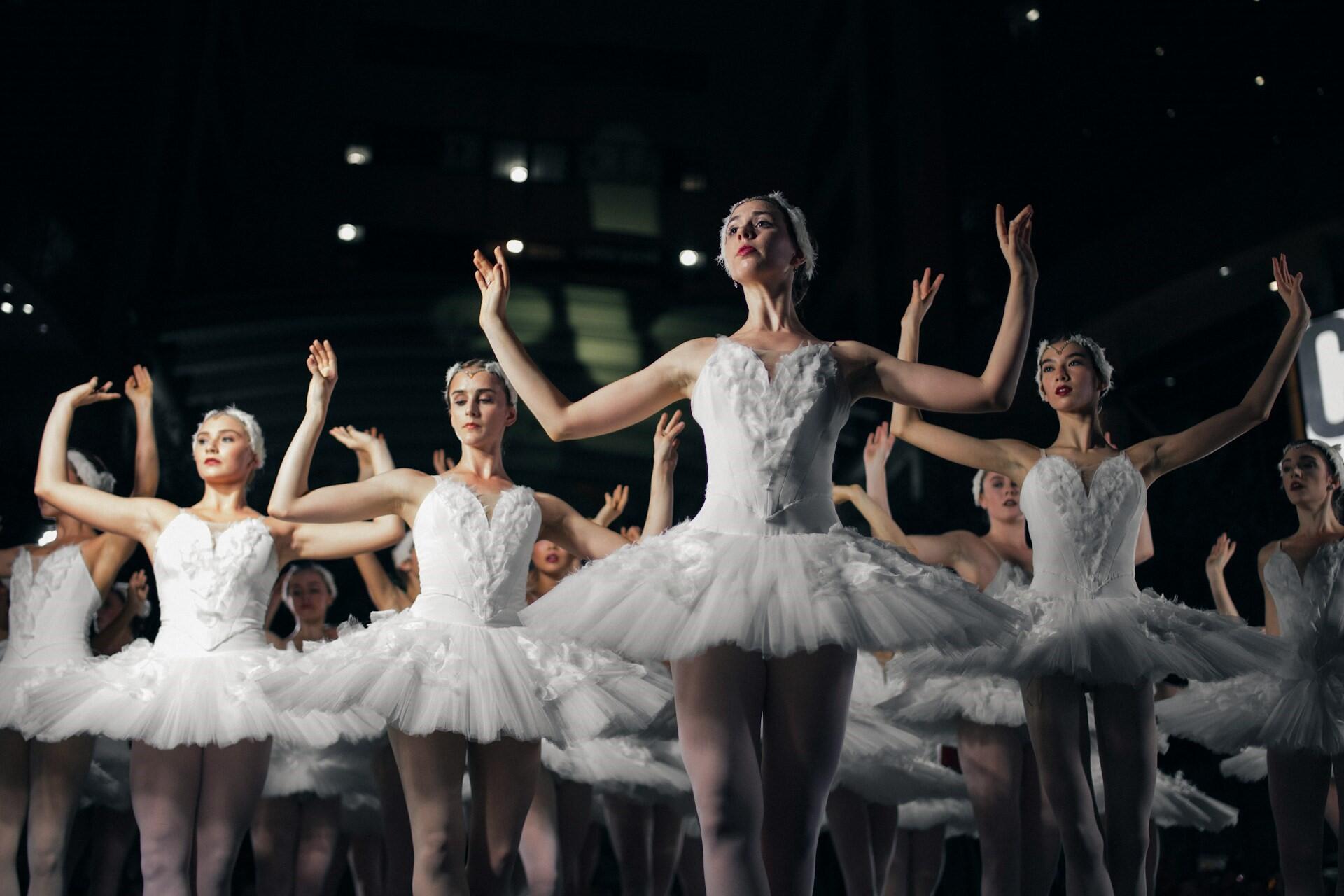

















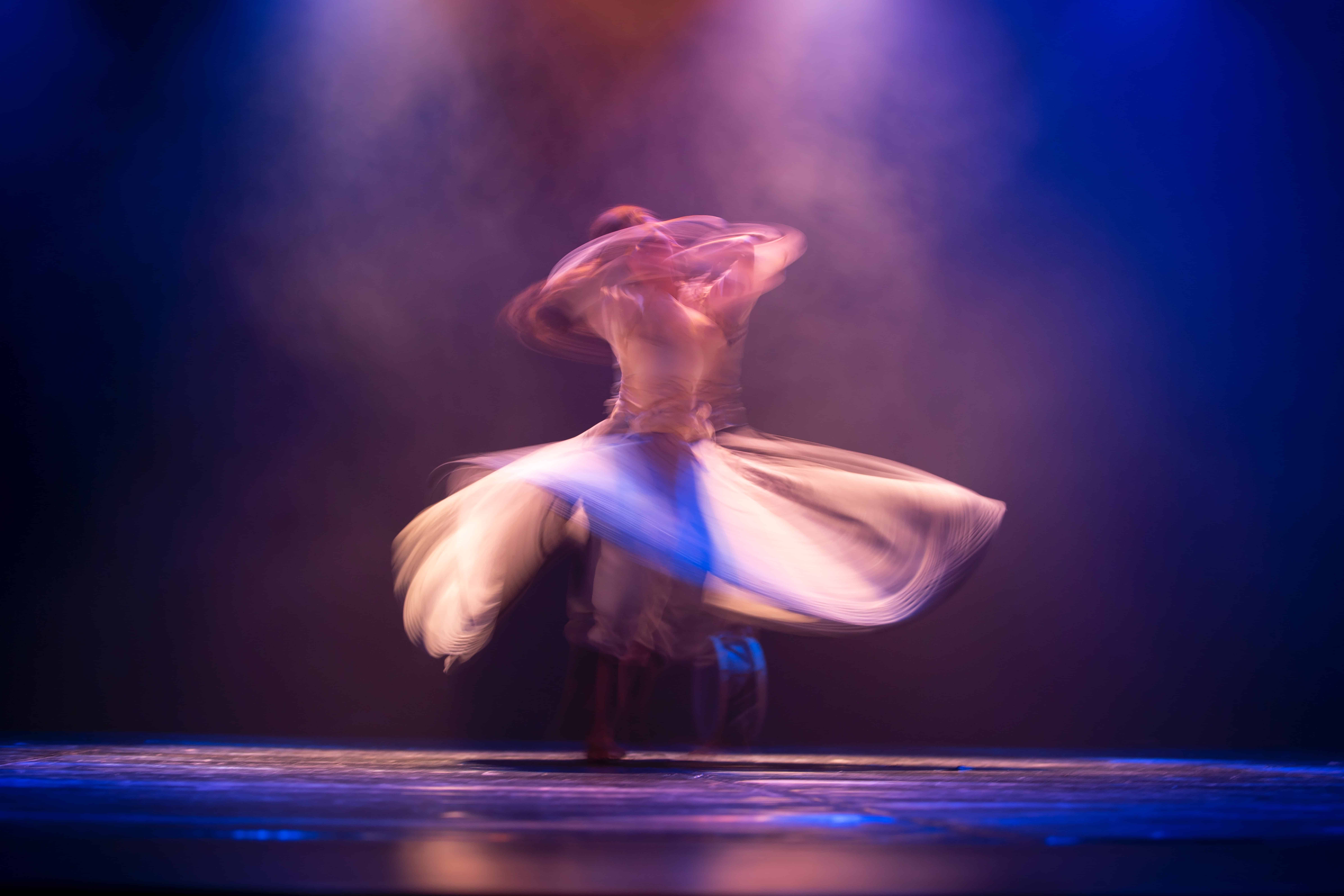


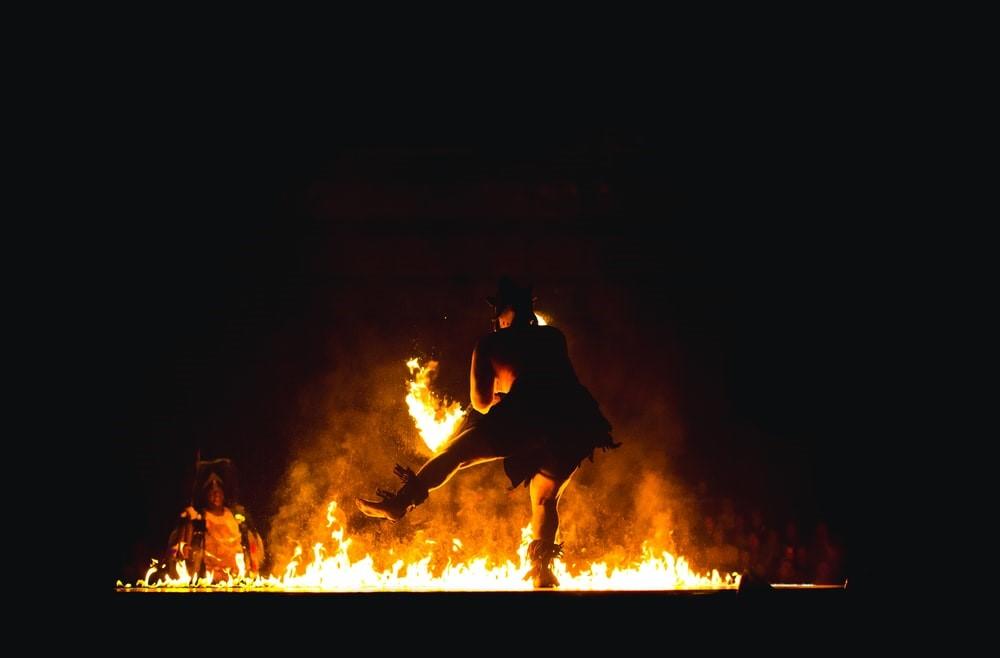
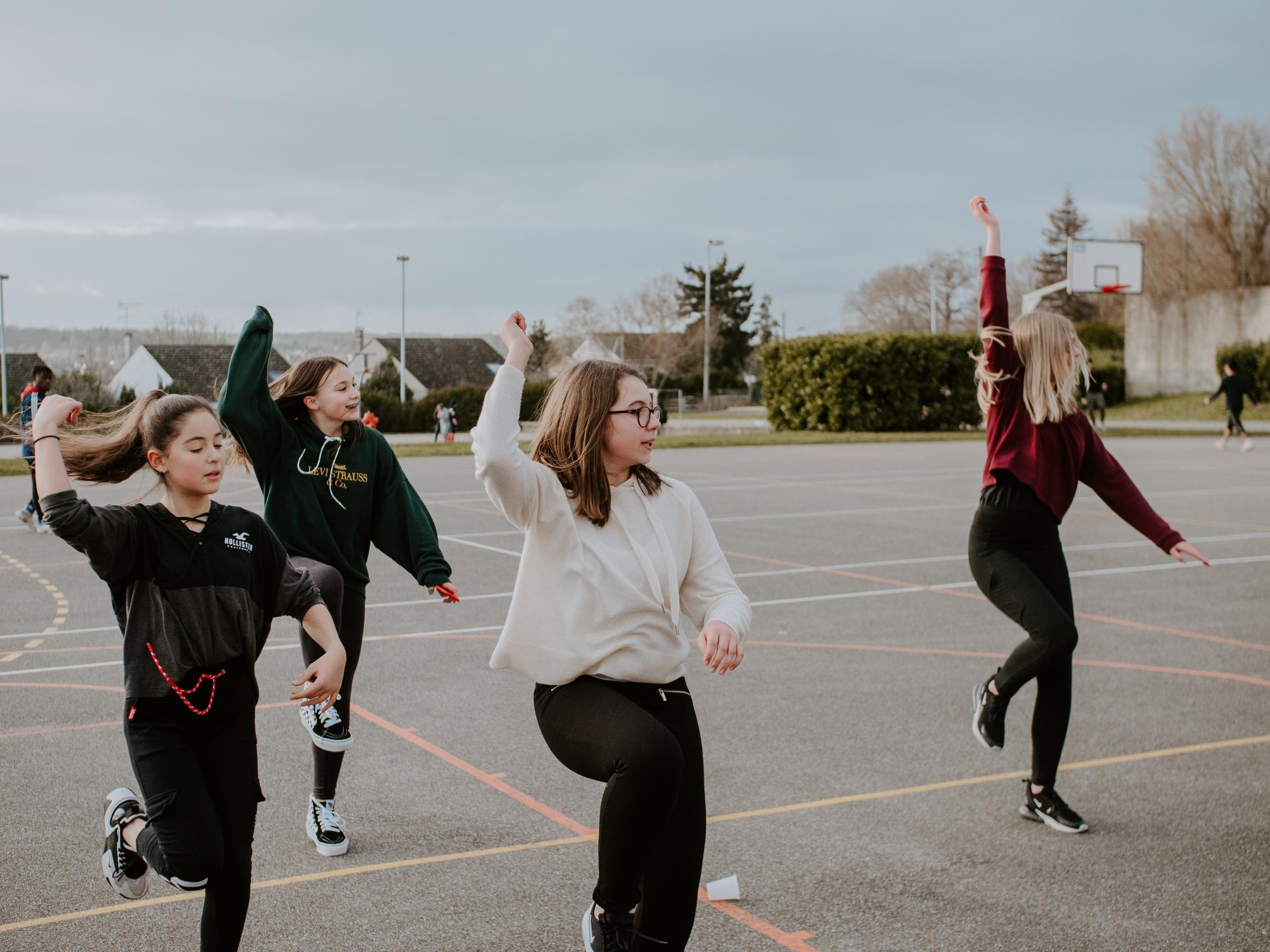
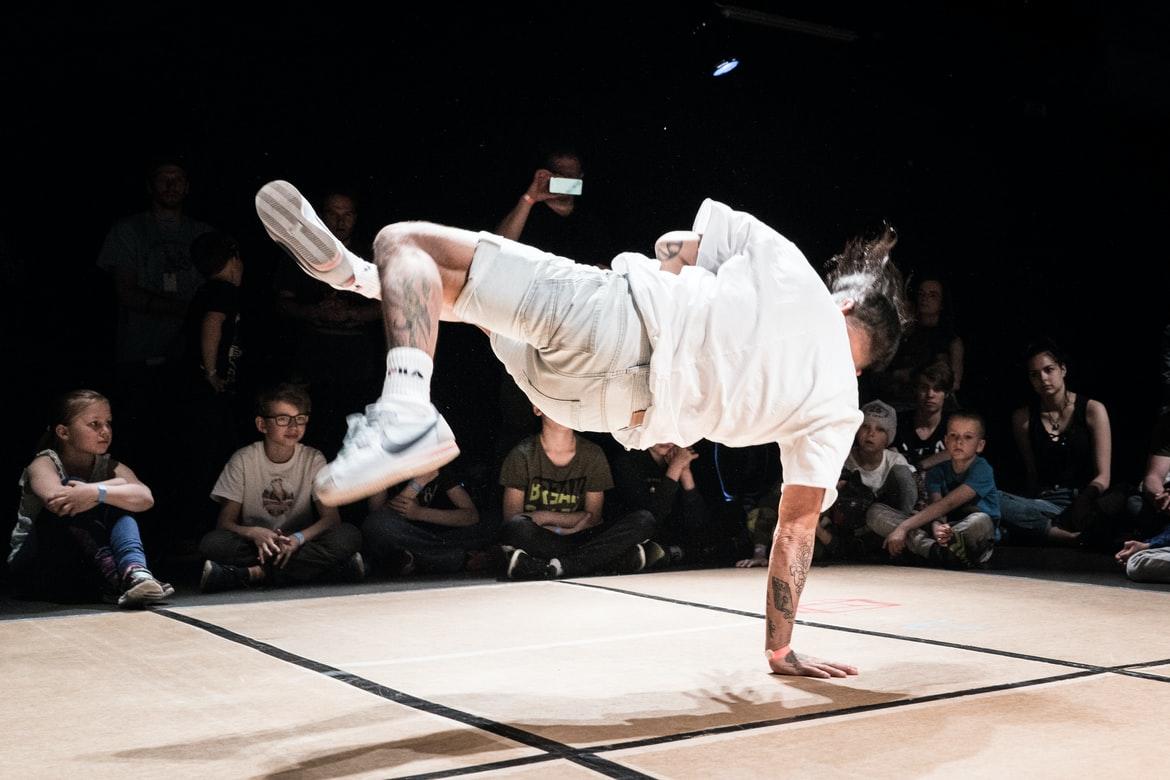
Hie m Kyler l need to join
Hello Kyler! If you would like to join Superprof and take ballet lessons, head over to Superprof.com and type in your location and ballet in the subject section to find a list of tutors suitable to your goals.
𝙷𝚒 𝚒’𝚖 𝙼𝚋𝚊𝚕𝚒 𝚒 𝚍𝚘 𝚑𝚊𝚟𝚎 𝚊 𝚑𝚒𝚜𝚝𝚘𝚛𝚢 𝚒𝚗 𝚋𝚊𝚕𝚕𝚎𝚝 𝚊𝚗𝚍 𝚒 𝚠𝚘𝚞𝚕𝚍 𝚕𝚘𝚟𝚎 𝚍𝚘 𝚍𝚊𝚗𝚌𝚎 𝚊𝚐𝚊𝚒𝚗
Hi Mbali! Thank you for your interest in Superprof! If you would like to dance again, you can sign up for private ballet or private dance lessons on Superprof.com. If you have any further questions please contact our customer care department at hey@superprof.com.